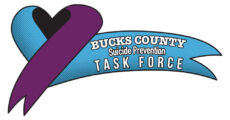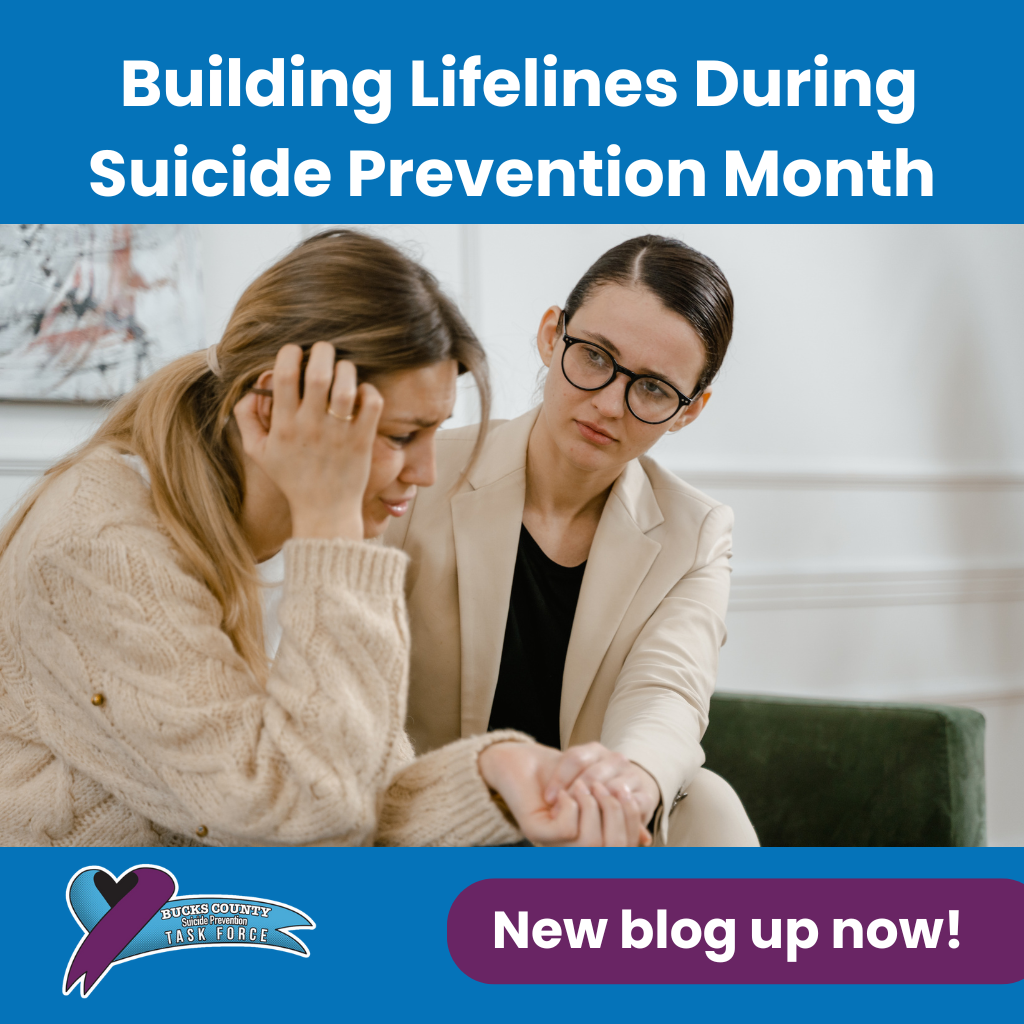Every September, Suicide Prevention Month serves as a powerful reminder that mental health conversations save lives. This year’s theme, “Connect to Protect,” highlights one of the most impactful truths in prevention: human connection is a protective factor. When we reach out—to loved ones, to colleagues, to community members, or even to ourselves—we strengthen resilience, reduce isolation, and create lifelines of hope.
Suicide remains a public health crisis. According to the Centers for Disease Control and Prevention (CDC), suicide is among the leading causes of death in the United States, particularly for young people and middle-aged adults. Yet behind these statistics are stories of struggle, often hidden by stigma and silence. While professional support is essential, everyday connection also plays a profound role in protecting people from reaching a breaking point.
So how can we embrace “Connect to Protect” in meaningful ways? Here are key insights and practical strategies to foster connection—for yourself, for others, and for your community.
- Recognize the Power of Connection
Connection is not just about casual conversation or surface-level interaction. It’s about fostering a sense of belonging, validation, and trust. Research consistently shows that people who feel connected to others are less likely to experience suicidal thoughts or behaviors.
When we take time to listen without judgment, validate someone’s experience, or simply show up, we are offering more than kindness—we are offering protection. Strong social bonds act as a buffer against stress, depression, and hopelessness.
Tip: Ask yourself, “Who do I feel most connected to?” and “Who in my life might need deeper connection right now?” Building and maintaining these ties is one of the most protective actions we can take.
- Start with Small, Consistent Actions
Connection doesn’t always require grand gestures. Sometimes it’s the small, steady acts of care that build the strongest foundations.
- Send a quick check-in text. A simple “thinking of you” can remind someone they’re not alone.
- Make eye contact and smile. These small cues reinforce human warmth and belonging.
- Follow up after conversations. If someone shares something heavy, check back in later to see how they’re doing.
Consistency matters. A one-time outreach is meaningful, but regular touchpoints cultivate trust and keep doors open for difficult conversations.
- Learn to Recognize Warning Signs
To connect in a protective way, it helps to be aware of warning signs that someone may be struggling. According to the American Foundation for Suicide Prevention, some signals include:
- Expressing hopelessness or feeling like a burden
- Withdrawing from friends, family, or activities
- Drastic mood swings or changes in behavior
- Talking about death or suicide
- Increased use of drugs or alcohol
If you notice these red flags, don’t ignore them. Reaching out could be life-saving.
What to say: Try, “I’ve noticed you don’t seem yourself lately, and I care about you. Do you want to talk about what’s going on?” Listening with empathy is more important than having perfect words.
- Have Courageous Conversations
Talking about suicide can feel uncomfortable, but silence can be dangerous. Research shows that asking directly about suicidal thoughts does not increase risk. In fact, it can reduce distress and create relief.
Here’s how to approach a caring, courageous conversation:
- Be direct but gentle. “Are you thinking about suicide?” is far more helpful than avoiding the topic.
- Listen without judgment. Resist the urge to immediately fix or give advice.
- Offer support. Share resources, encourage professional help, and remind them they’re not alone.
Sometimes, the most protective thing we can do is to sit with someone in their pain without trying to rush it away.
- Strengthen Community Connections
While individual relationships are powerful, community-level connections are equally protective. Schools, workplaces, faith organizations, and neighborhoods can all play a role in suicide prevention.
- Schools: Create peer support programs and teach students how to recognize when a friend may need help.
- Workplaces: Encourage open conversations about mental health, offer employee assistance programs, and train managers to recognize warning signs.
- Faith and community groups: Foster environments of acceptance, compassion, and belonging where people can safely share their struggles.
Communities thrive when connection is woven into the fabric of daily life.
- Prioritize Self-Connection
Protecting others begins with protecting ourselves. Self-connection means tuning into your emotional needs, recognizing when you’re overwhelmed, and taking steps to recharge.
- Practice mindfulness. Spend time each day noticing your feelings without judgment.
- Set boundaries. It’s okay to say no and preserve your energy.
- Engage in restorative activities. Exercise, journaling, time in nature, or creative outlets can help regulate emotions.
When you care for yourself, you model healthy coping and strengthen your capacity to connect with others.
- Share Resources and Spread Awareness
Connecting people to professional support is one of the most protective actions you can take. Know the resources available and don’t hesitate to share them:
- 988 Suicide & Crisis Lifeline: Call or text 988 in the U.S. for free, 24/7 support.
- Crisis Text Line: Text HOME to 741741 to connect with a trained counselor.
- Local mental health providers: Encourage therapy, support groups, or psychiatric care when needed.
During Suicide Prevention Month, use your platforms—whether social media, workplace channels, or community spaces—to spread awareness. Every shared post, every resource card handed out, every conversation started plants seeds of protection.
- Embrace the Ripple Effect
Connection has a ripple effect. One act of outreach can inspire another, creating a chain reaction of care that extends far beyond what we can see. When we connect, we don’t just protect one person—we strengthen entire communities against despair.
Think of connection as planting seeds. Some may grow into immediate support, while others may blossom later when someone remembers your kindness during a dark moment. Either way, every seed matters.
Suicide Prevention Month challenges us to transform awareness into action. “Connect to Protect” reminds us that we all have a role to play in building lifelines of hope. Whether through small daily gestures, courageous conversations, or community-wide initiatives, our connections can make the difference between despair and resilience.
This September—and beyond—take the time to reach out, to listen, to care. You never know whose life you might protect by simply showing up with compassion and presence. Connection is not just powerful; it is life-saving.
If you are looking for additional mental health support for yourself or a loved one, you can contact the National Suicide & Crisis Lifeline 24/7 at 988 Text. Find more local resources on our website at https://holdonyoumatter.com/suicide-prevention-resources/.

